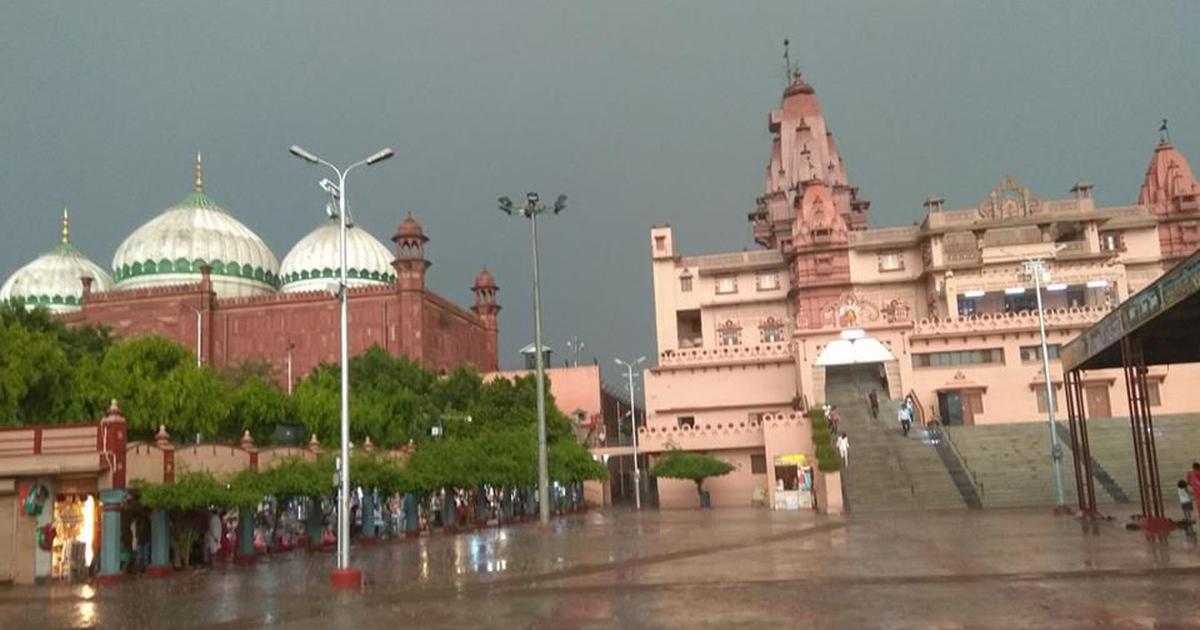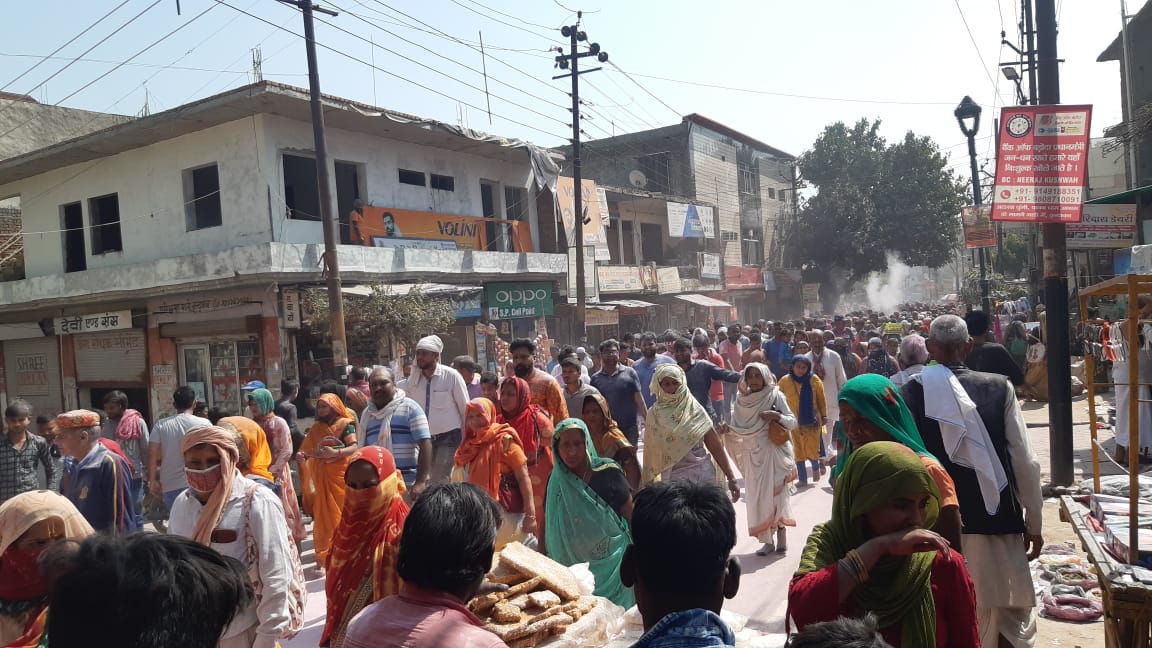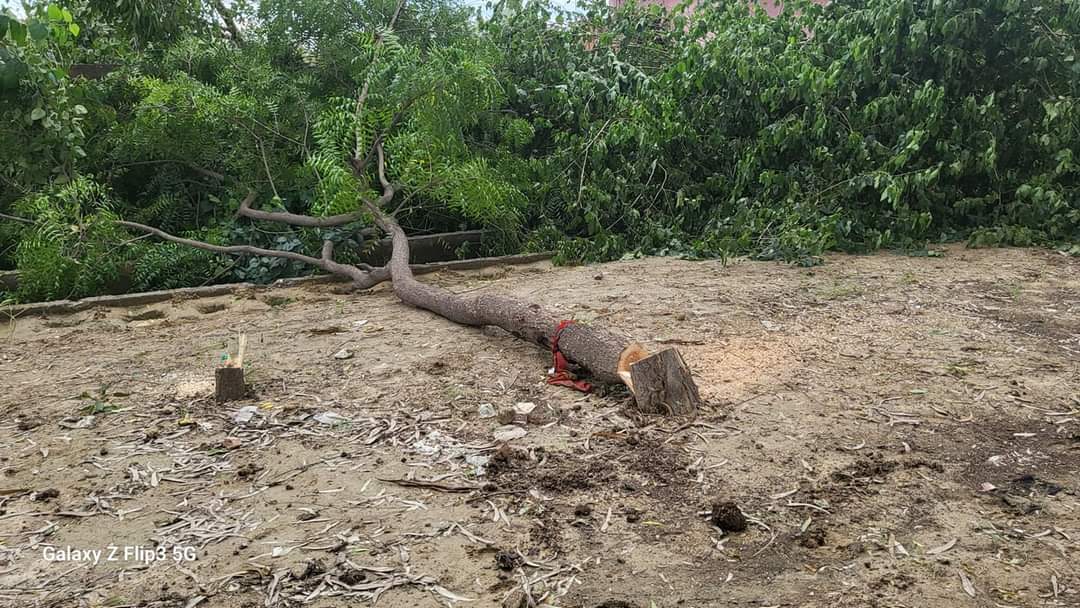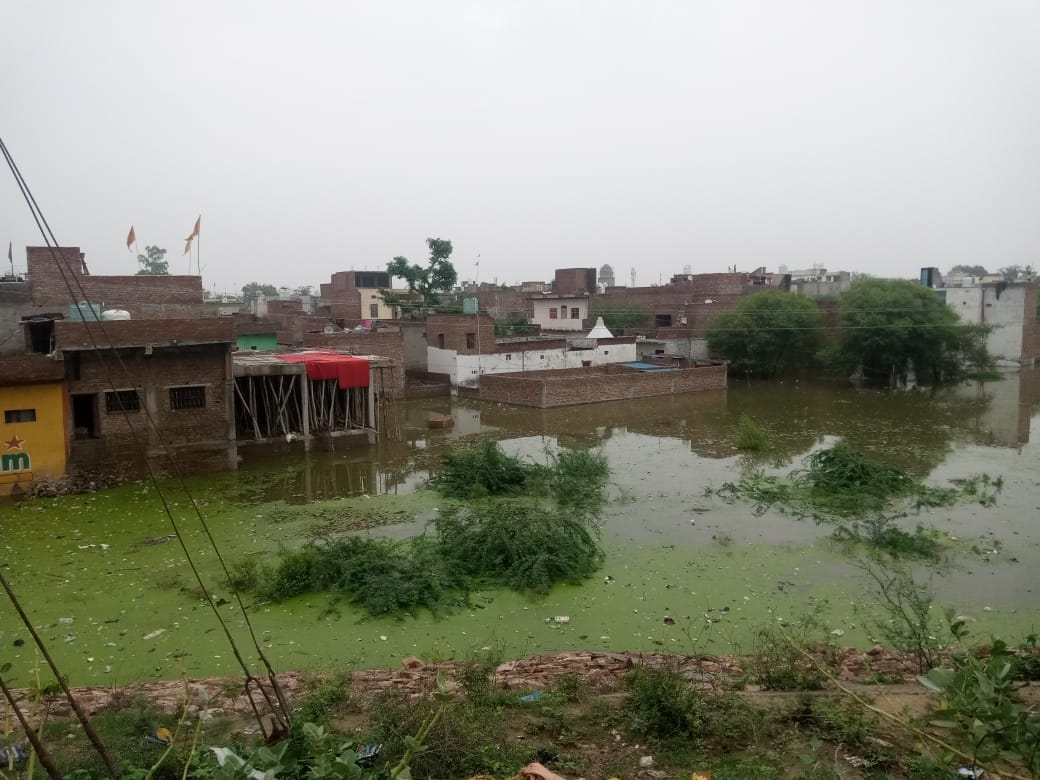Shri Krishna Janmabhoomi Case: Plaintiffs take pictures of Agra’s Nagina Masjid; claims ‘srivigraha’ buried under sealed staircase
The pictures and recorded video will be presented in the court during the next hearing on Monday, August 16
Vrindavan, 2021-08-15 (Vrindavan Today News): Advocate Mahendra Pratap Singh who is appearing in the Shri Krishna Janmabhoomi case as plaintiff and devotee of Shri Keshav Dev reached Agra’s Red Fort late last week along with a team of supporters to examine the staircase of Nagina Masjid where the ‘vigraha’ of Thakur Keshav Dev is allegedly buried.
The pictures and video recordings will be presented during the next hearing on Monday, August 16 to seek the court’s permission for excavating the site.
The petitioners had argued before the civil judge that in 1669, after ransacking the ancient temple of Keshav Dev, Aurangzeb fled with the ‘vigraha’ to Agra and buried it under the staircase of the Nagina Masjid (also known as ‘choti’ or ‘shahi masjid’) so that the royals including the emperor’s wife and sisters Roshanara and Jahanara could trample upon it daily.
At present, the said staircase is completely sealed from visitors. Singh and his team were led to it by the guide Rajiv Sonkar, but they could only take pictures from a distance.
The Mathura-based advocate, who is also the chairman of Shri Krishna Janmabhoomi Mukti Andolan Samiti, had in April, filed an application before the local court, claiming that the presiding deity of the grand temple of Thakur Keshavdev built by Orcha Naresh Veer Singh Bundela in Katra is buried under the staircase of the Nagina Masjid built in Diwan-e-Khas of Agra’s Red Fort. He had cited the works of historians Vasudev Sharan Agarwal, KD Bajpai and Prabhudayal Mittal, as well as Mathura’s British Collector FS Growse’s 1883 memoir to support his claim.
Shri Krishna Janmabhoomi Mukti Andolan Samiti has filed several applications in the ongoing case that is being heard to shift the Shahi Masjid from the premises of the Shri Krishna’s birth place in Mathura.





